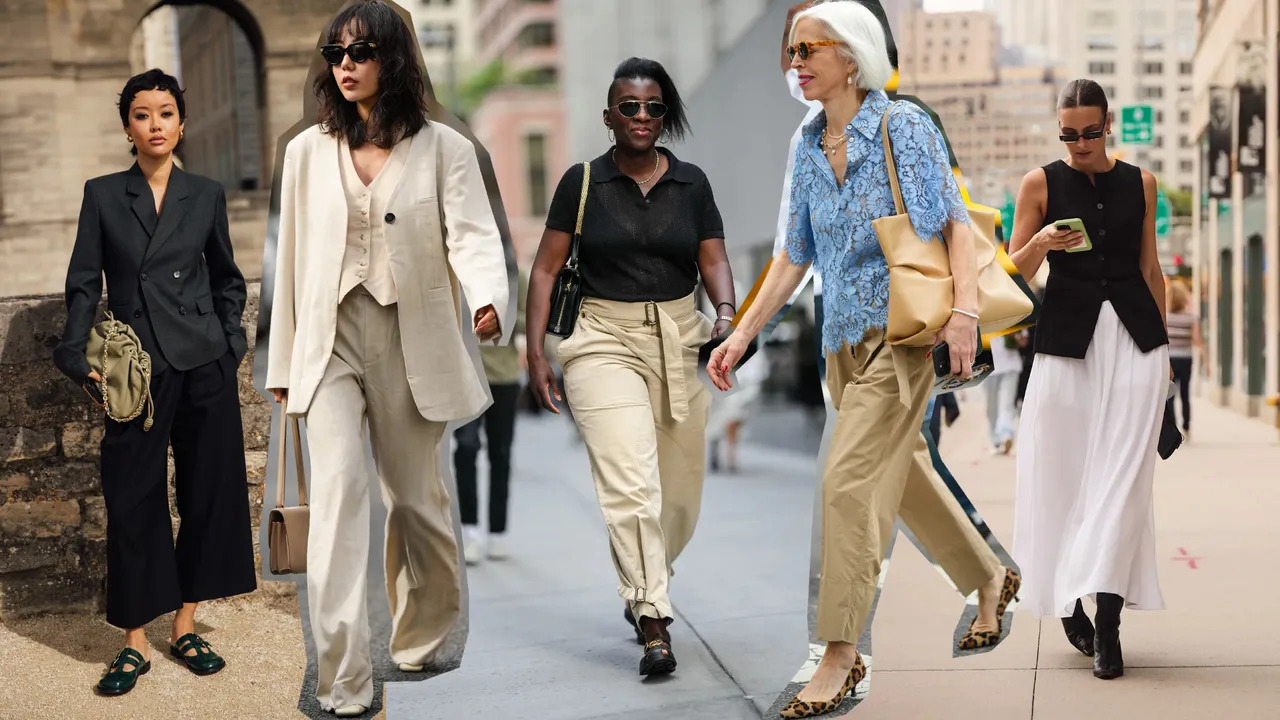What is a Fashion Style?
Any fashion style is essentially a blend of clothing, footwear, and accessories that reflects patterns, motifs, colors, shapes, and fabrics tied to specific cultures, subcultures, or social movements, often adapted or merged with the latest fashion trends.
While often confused with fashion trends or aesthetics, a fashion style is actually a unique way of dressing. Outfits made up of garments, shoes, and accessories that share similar aesthetic roots—such as shapes, silhouettes, motifs, symbols, colors, and materials—can be grouped together as distinct styles.
Over time, groups, communities, and subcultures have adopted and reshaped these styles to express their values, beliefs, sense of belonging, social status, and lifestyle.
1930s
Despite the Great Depression, the 1930s embraced Hollywood glamour, resort wear, and surrealist motifs. Functional fabrics reflected hard times, while escapist tropical prints symbolized optimism.
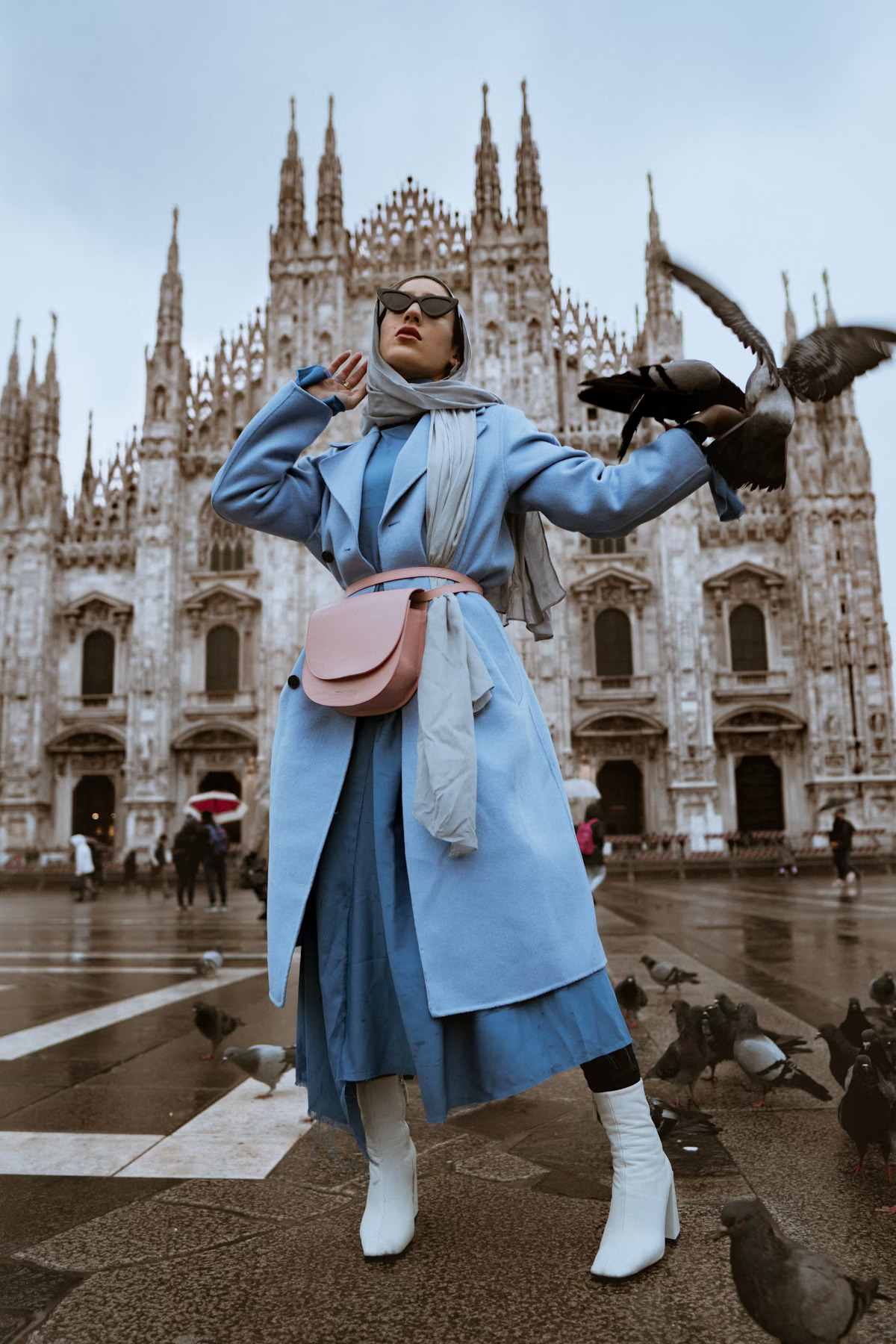
1940s
World War II defined the 1940s. Military-inspired utilitarian suits dominated, while Hollywood stars influenced eveningwear. The Zoot suit also became a rebellious statement of youth culture.
1950s
Rockabilly leather jackets, Ivy League preppy looks, and Beatnik black turtlenecks defined the 1950s. Mid-century modernism inspired abstract tailoring, while classic American elegance remained influential.
1960s
The 1960s were bold and rebellious: Mod slim suits, Hippie tie-dye, Space Age metallics, Carnaby Street colors, and Black Panther revolutionary uniforms all defined the decade.
1970s
The 1970s embraced Disco glam, Punk rebellion, Bohemian freedom, Gothic influences, and Leisure suits. Each represented a break from tradition and a push toward self-expression.

1980s
Power dressing with strong shoulders, New Romanticism in nightclubs, the rise of hip-hop streetwear, safari influences, and colorful preppy styles all defined the bold, excessive 1980s.

1990s
Grunge, Hip-Hop, Minimalism, and Y2K futurism shaped the 1990s. Baggy jeans, flannel shirts, combat boots, and metallic fabrics captured the decade’s duality of rebellion and tech optimism.
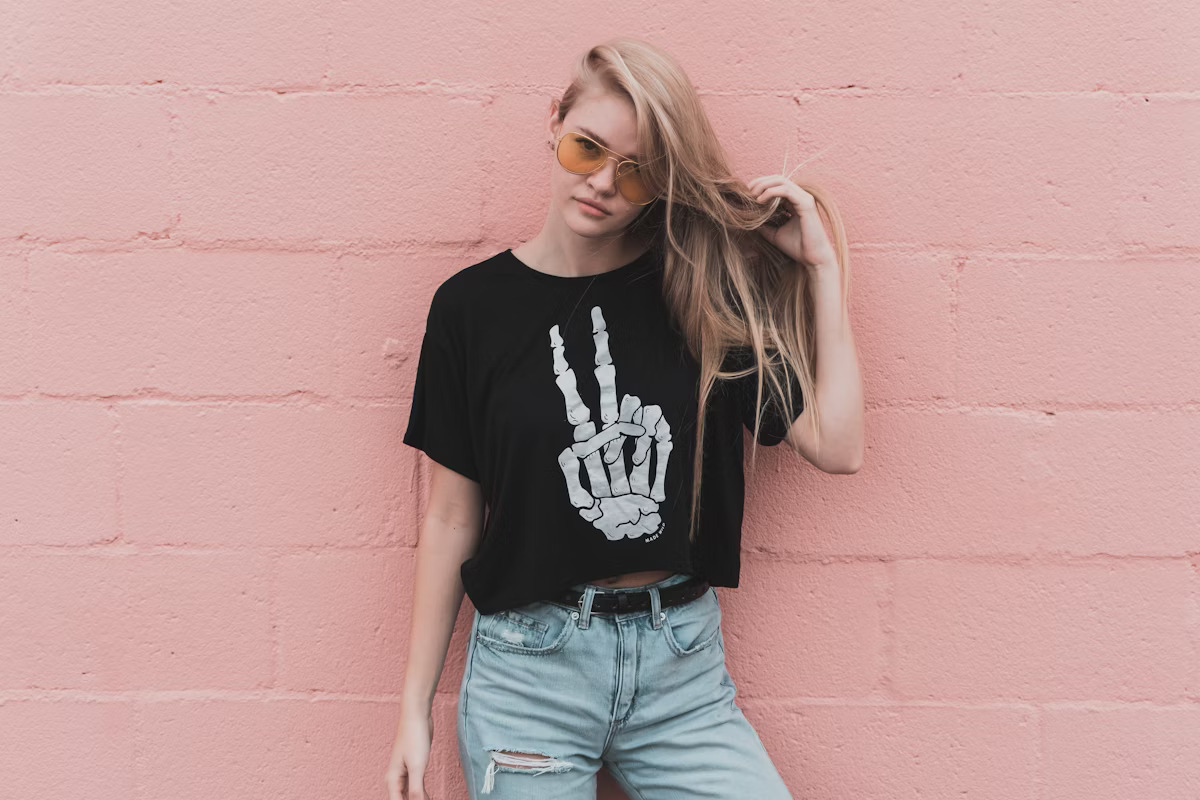
2000s
Indie Rock skinny jeans, Emo dark looks, luxury Streetwear collabs, Hipster irony, and Athleisure comfort all coexisted in the 2000s. Music heavily shaped fashion choices.
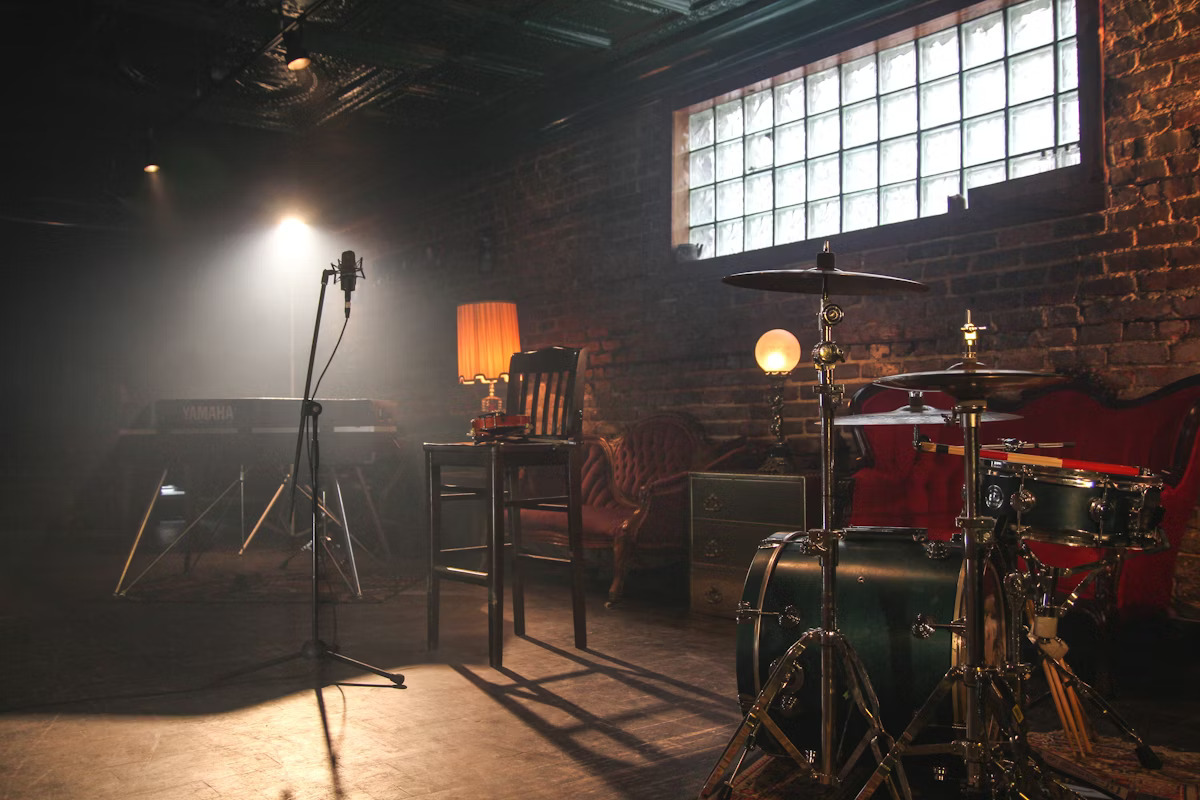
2010s
Normcore, Tech Bro minimalism, Dark Academia, and high-end Streetwear evolution defined the 2010s. Anti-fashion statements existed alongside luxury casual looks.

2020s
Today, Sustainable Fashion, Techwear, Gorpcore, and even Virtual Fashion dominate. Global health concerns also influenced protective, functional designs. Fashion now merges the physical with the digital.
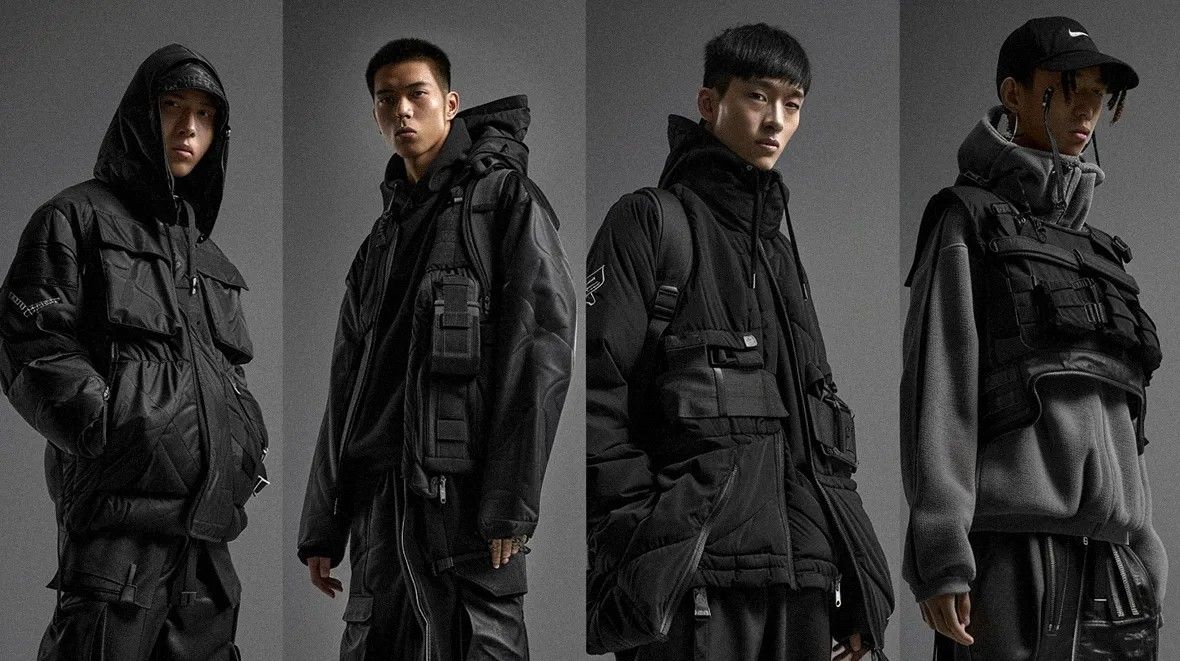
Mixing Styles
People and subcultures borrow elements—patterns, motifs, cuts, and colors—from the past and remix them. That’s how new variations and revivals appear on runways and streets. Your personal style is simply your remix, a way to wear culture your way.
